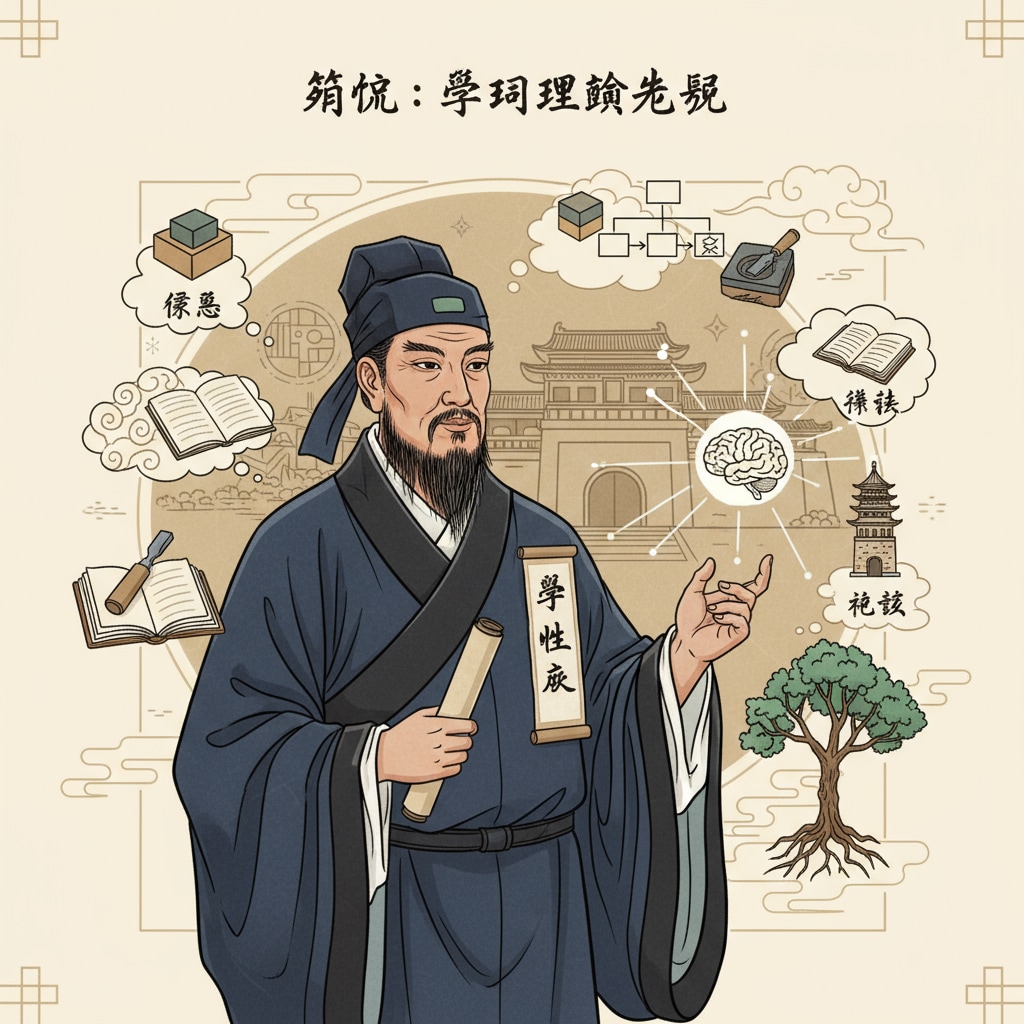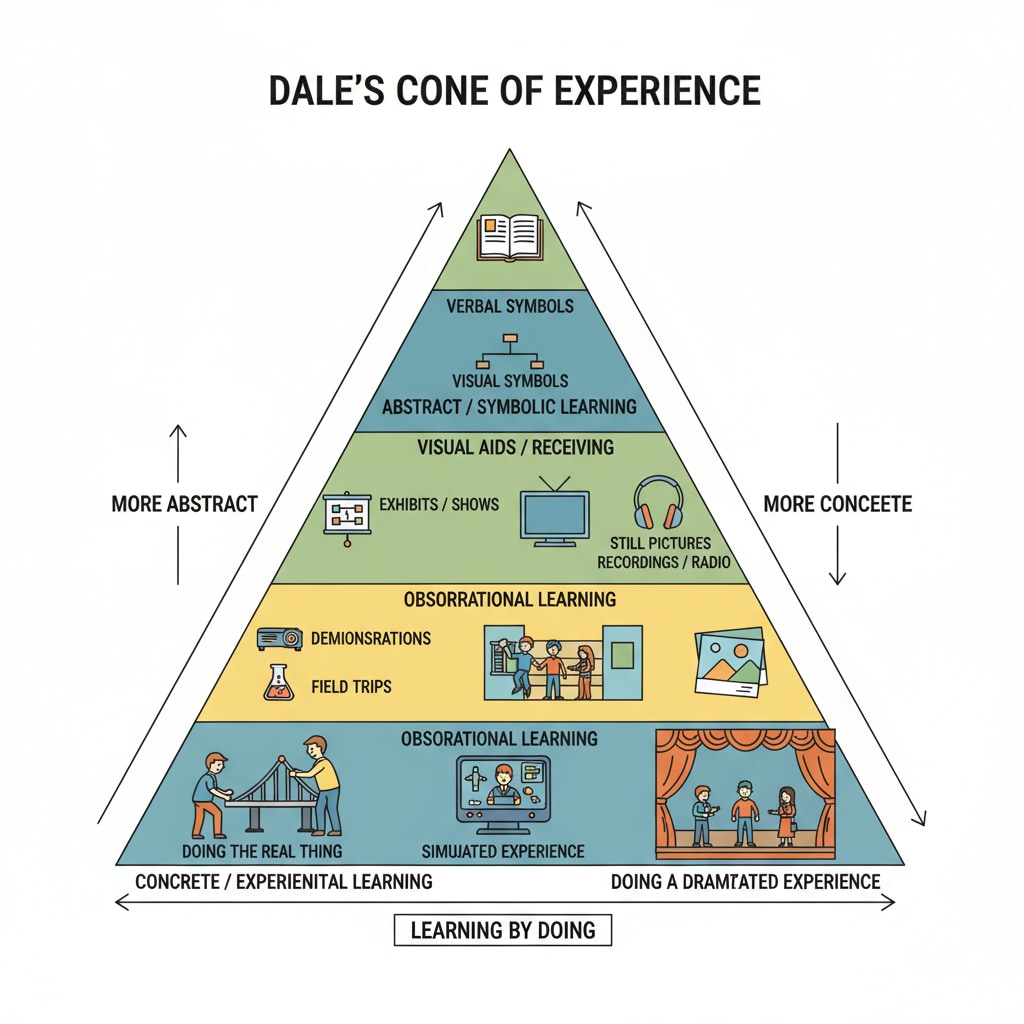Learning theories, Xun Kuang, Cone of Experience, and experiential learning are concepts that have revolutionized our understanding of how we acquire knowledge most effectively. The idea that learning by doing is the most efficient way to learn has been echoed through different times and cultures. Let’s explore this fascinating concept further.
The Wisdom of Xun Kuang on Learning
Xun Kuang, an ancient Chinese philosopher, had profound insights into the levels of learning. He believed that true learning went beyond mere listening and reading. According to Xun Kuang, the highest level of learning was achieved through active practice. For example, understanding a moral principle was not enough; one had to put it into action in daily life to truly master it. His ideas laid a strong foundation for the concept of experiential learning, emphasizing that hands-on experience was crucial for deep and lasting knowledge. Xun Kuang on Wikipedia

The Modern Perspective: Dale’s Cone of Experience
In modern times, educationalist Edgar Dale presented the Cone of Experience theory. This theory visually illustrates the effectiveness of different learning methods. At the base of the cone are the most concrete and hands-on experiences, such as direct purposeful experiences. As we move up the cone, the experiences become more abstract, like listening to a lecture. Research has shown that people tend to remember more from the experiences at the bottom of the cone, highlighting the importance of active participation in learning. Cone of Experience on Britannica

The connection between Xun Kuang’s ancient wisdom and Dale’s modern theory is remarkable. Both emphasize the superiority of hands-on learning. When we engage in activities, we involve multiple senses, which greatly enhances the learning process. For instance, in a science experiment, we see the reactions, feel the temperature changes, and hear the sounds, all of which work together to create a more vivid and memorable learning experience.
In contemporary K12 education, the concept of learning by doing has significant implications. Teachers can design more practical activities, such as project-based learning, where students can actively apply what they have learned. This not only improves their academic performance but also equips them with essential skills for the real world.
Readability guidance: We’ve explored the ideas of Xun Kuang and Dale’s Cone of Experience, highlighting the power of learning by doing. Incorporating hands-on activities in education can lead to more effective learning. Remember, learning is not just about absorbing information but actively engaging with it.


